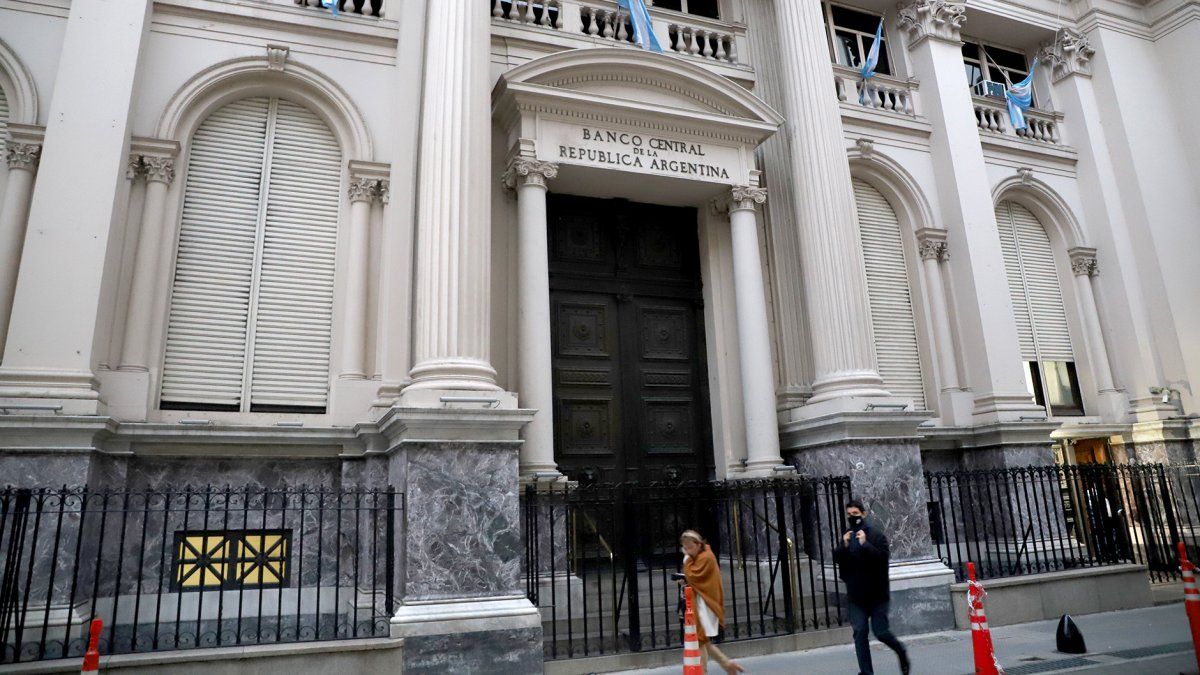Miguel Ángel Pesce, president of the Central Bank of the Argentine Republic, assured that the monetary entity intervenes in the private banking system by absorbing, with Leliqs, the imbalance between loanable capacity and effective demand for credit.
A topic that sneaked into the debate between the presidential candidates that took place on Sunday was the Leliqs, the liquidity bills of the Central Bank. It is because of that Miguel Ángel Pesce, president of the monetary entity released a statement in which it explained what role they play today in the banking system and How can the problem of high remunerated liabilities of the BCRA be resolved.
The content you want to access is exclusive to subscribers.
In Argentina, financial entities have deposits in pesos in the order of 35 billion. Of them, 18 billion are fixed-term placements. In turn, loans to the private sector stand at 12 billion pesos. “This difference expresses the imbalance between the loanable capacity and the effective demand for credit.”Pesce explained.


In this regard, he indicated that The Central Bank intervenes by absorbing that difference through the Leliq, which reaches 15 billion pesos. This action seeks to “channel liquidity surpluses and prevent them from negatively affecting interest rates, especially deposit rates (fixed terms),” he said.
“The interest rate paid by the Central Bank for Leliq remunerates the banks that are obliged to pay savers and to companies minimum rates determined by the monetary authority itself. In this way, we seek to preserve the relative value of savings,” Pesce explained.
As for how this amount of remunerated liabilities can be dismantled, the head of the BCRA said that this liquidity “is channeled towards productive investment”. For Pesce, in the coming years, the limitation to growth, caused by external restriction, will be overcome thanks to the export dynamism of strategic sectors such as oil and gas, mining, agribusiness and knowledge-based services.
Source: Ambito




